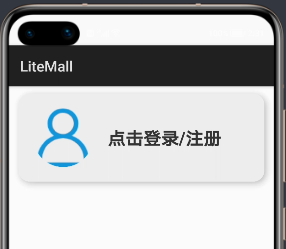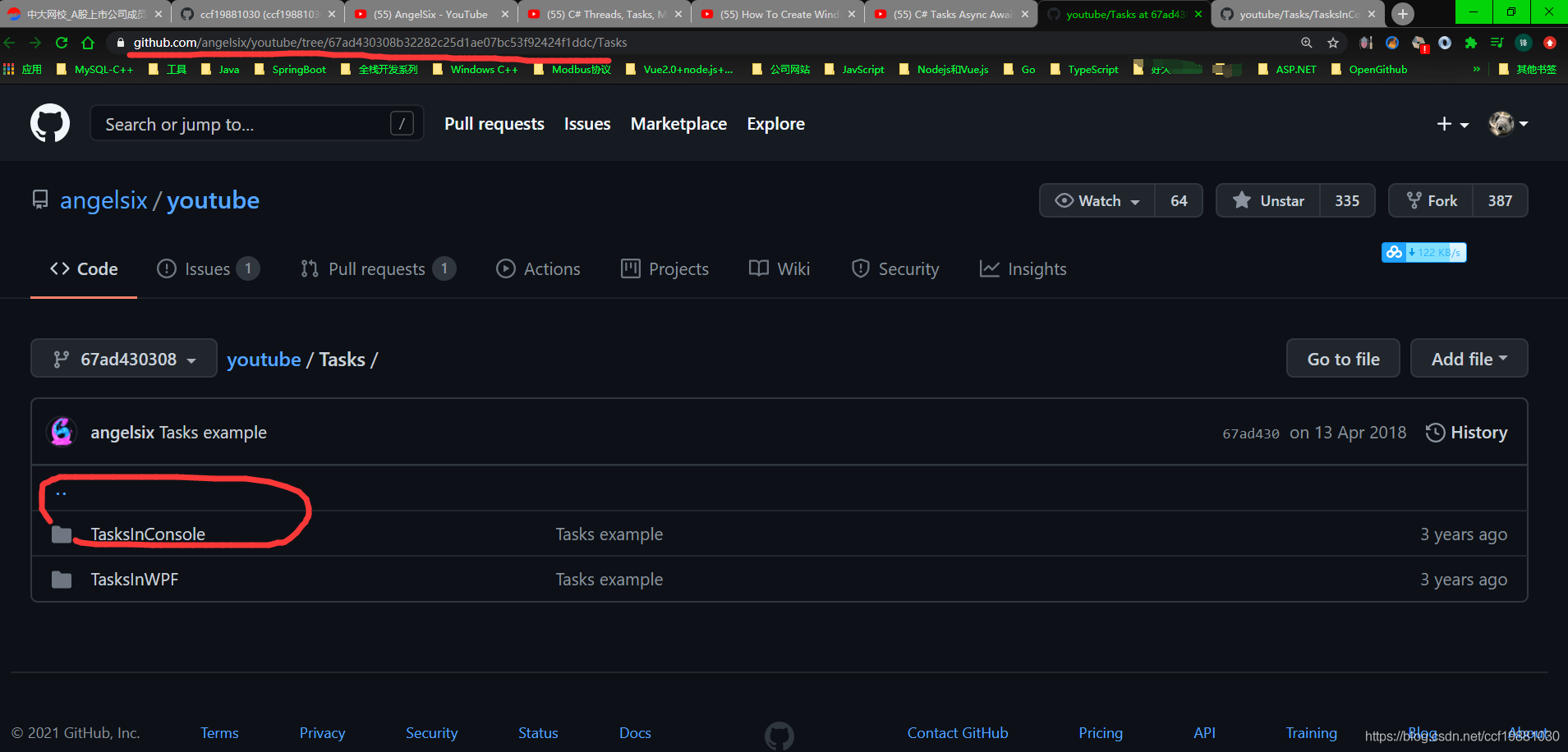I have just started learning Apache Camel. I understood the basics of Routes and Components. Now I want to give a try by connecting to Oracle database, reading records from one particular table and write those records to a file using File component. To read from database I assume I need to use JDBC component and give the dataSourceName.
However, I couldn't find any info on how to create a dataSource using camel. All info that I found related to this topic uses Spring DSL examples. I don't use Spring and I just need to test this using simple standalone Java application.
I am using JDK7u25 with Apache Camel 2.12.1.
Can someone please post a sample to read from the oracle table and write to a file?
[EDIT]
After checking several solutions on the web, I came to know about following two approaches:
Camel to run as standalone. Here is my code:
import javax.sql.DataSource; import org.apache.camel.main.Main; import org.apache.camel.builder.RouteBuilder; import org.apache.commons.dbcp.BasicDataSource; public class JDBCExample { private Main main; public static void main(String[] args) throws Exception { JDBCExample example = new JDBCExample(); example.boot(); } public void boot() throws Exception { // create a Main instance main = new Main(); // enable hangup support so you can press ctrl + c to terminate the JVM main.enableHangupSupport(); String url = "jdbc:oracle:thin:@MYSERVER:1521:myDB"; DataSource dataSource = setupDataSource(url); // bind dataSource into the registery main.bind("myDataSource", dataSource); // add routes main.addRouteBuilder(new MyRouteBuilder()); // run until you terminate the JVM System.out.println("Starting Camel. Use ctrl + c to terminate the JVM.\n"); main.run(); } class MyRouteBuilder extends RouteBuilder { public void configure() { String dst = "C:/Local Disk E/TestData/Destination"; from("direct:myTable") .setBody(constant("select * from myTable")) .to("jdbc:myDataSource") .to("file:" + dst); } } private DataSource setupDataSource(String connectURI) { BasicDataSource ds = new BasicDataSource(); ds.setDriverClassName("oracle.jdbc.driver.OracleDriver"); ds.setUsername("sa"); ds.setPassword("devon1"); ds.setUrl(connectURI); return ds; } }Using the approach mentioned by Claus lbsen. Here is the code again:
import javax.sql.DataSource; import org.apache.camel.CamelContext; import org.apache.camel.impl.DefaultCamelContext; import org.apache.camel.impl.SimpleRegistry; import org.apache.camel.main.Main; import org.apache.camel.builder.RouteBuilder; import org.apache.commons.dbcp.BasicDataSource; public class JDBCExample { private Main main; public static void main(String[] args) throws Exception { String url = "jdbc:oracle:thin:@MYSERVER:1521:myDB"; DataSource dataSource = setupDataSource(url); SimpleRegistry reg = new SimpleRegistry() ; reg.put("myDataSource",dataSource); CamelContext context = new DefaultCamelContext(reg); context.addRoutes(new JDBCExample().new MyRouteBuilder()); context.start(); Thread.sleep(5000); context.stop(); } class MyRouteBuilder extends RouteBuilder { public void configure() { String dst = "C:/Local Disk E/TestData/Destination"; from("direct:myTable") .setBody(constant("select * from myTable")) .to("jdbc:myDataSource") .to("file:" + dst); } } private static DataSource setupDataSource(String connectURI) { BasicDataSource ds = new BasicDataSource(); ds.setDriverClassName("oracle.jdbc.driver.OracleDriver"); ds.setUsername("sa"); ds.setPassword("devon1"); ds.setUrl(connectURI); return ds; } }
But in both the cases I am getting below exception:
Caused by: org.apache.camel.ResolveEndpointFailedException: Failed to resolve endpoint: jdbc://myDataSource due to: No component found with scheme: jdbc
at org.apache.camel.impl.DefaultCamelContext.getEndpoint(DefaultCamelContext.java:534)
at org.apache.camel.util.CamelContextHelper.getMandatoryEndpoint(CamelContextHelper.java:63)
at org.apache.camel.model.RouteDefinition.resolveEndpoint(RouteDefinition.java:192)
at org.apache.camel.impl.DefaultRouteContext.resolveEndpoint(DefaultRouteContext.java:106)
at org.apache.camel.impl.DefaultRouteContext.resolveEndpoint(DefaultRouteContext.java:112)
at org.apache.camel.model.SendDefinition.resolveEndpoint(SendDefinition.java:61)
at org.apache.camel.model.SendDefinition.createProcessor(SendDefinition.java:55)
at org.apache.camel.model.ProcessorDefinition.makeProcessor(ProcessorDefinition.java:500)
at org.apache.camel.model.ProcessorDefinition.addRoutes(ProcessorDefinition.java:213)
at org.apache.camel.model.RouteDefinition.addRoutes(RouteDefinition.java:909)
... 12 more
[Thread-0] INFO org.apache.camel.main.MainSupport$HangupInterceptor - Received hang up - stopping the main instance.




